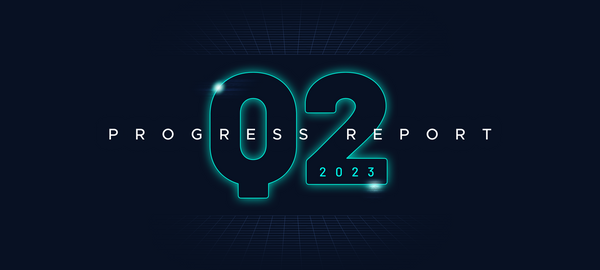Economics in Cryptoland
Two forms of money are familiar: token- and ledger-based. The former consists of coins and bills. Possession of the tokens amounts to their ownership. The history of their possession is irrelevant to their current status. Ideally the tokens are scarce, verifiable, durable, portable, unforgeable, fungible. Usually governments produce them.
Traditional ledger-based money relies on one or more trusted parties which maintain the ledger. They keep and update records of balances. In doing so they are trusted to be following accounting rules and satisfy the account holders’ requests to reduce their balance and credit the balances of other accounts as long as these requests are consistent with the accounting rules.
Tokens and ledger-based money are equivalent and trade at parity because of a government decree that obligates banks to convert one form of money to another at the client’s request.
A ledger-based currency is associated with one or more payment systems, i.e., ways of maintaining balances, transferring its units from one individual to another and updating balances. Cryptocurrencies are similar — they are computer networks which maintain and update balances. A notable difference is that a cryptocurrency’s payment system is for its own native coin whereas a traditional payment system is for a coin which is viable outside the payment system, e.g., the USD.
A more important difference between a traditional payment system and a cryptocurrency is the mechanism determining the rules and changes in them, i.e., the governance structure.
A traditional system is maintained by an organization which operates within an established legal jurisdiction with clearly stated objectives — profit maximization is natural for privately owned enterprises — and formal decision making mechanisms. These determine, e.g, what are its products, how it makes them, how much and how the organization charges for these products and how much and how it pays for its inputs. Market conditions affect these choices, and changes in market conditions often inspire changes in these choices.
The superficial resemblance of cryptocurrencies to traditional payment systems notwithstanding, the differences are crucial.
In its purest and most common form a cryptocurrency is founded on a protocol, i.e., a set of rules that when effective are followed by each participant because when he believes that other participants follow the rules, it is in the participant’s self interest to follow them. No legal system is necessary or even able to support the protocol of a cryptocurrency.
A cryptocurrency is born with its protocol. An effective protocol anticipates the prevailing market conditions. A protocol which supports a certain service quality at a given price is effective if the users’ demand is compatible with these parameters. For instance, Bitcoin was designed to handle up to 2,000 transactions — a block — per ten minutes; when transactions arrive at a rate close to the limit, users will offer fees to see their transactions processed earlier than those of users who offer lower fees; when transactions consistently arrive at a rate higher than the limit, some of them will not be processed.
A cryptocurrency may be functional and even prosperous as long as conditions are stationary. However, protocol changes are difficult to orchestrate because they require the participants’ consensus. Divergence of participants’ interests undermine such a consensus. Consider for instance what will happen when the system gains popularity and its throughput is deemed insufficient. Users who send time-sensitive transactions would prefer the system to process blocks faster whereas other users may prefer the system to increase the block size.
The upshot is that to understand how a payment system functions, one needs to understand incentives. How does a participant act in a given situation, presumably trying to advance his self-interest? Beyond individuals’ incentives, one needs to understand equilibrium. What’s the outcome, given everybody’s actions?
These issues are difficult enough in a traditional context where potent government pronounces and enforces the rules. It’s far more challenging to understand which rules are self-enforcing in the absence of a government, and what are the behaviors and outcomes they engender. These questions are challenging, with the challenge compounded when one asks how the incentives, actions and equilibria evolve over time.
These very issues are high on the agenda of IOTA’s research team which looks at questions such as: What is the best way to apply MCMC for tip selection? How is protocol-following behavior rewarded? How does the speed of communications affect incentives and behavior?
The agenda is rich, the questions challenging. Establishing a protocol for IoT and Internet payment and communication will be enormously rewarding.




